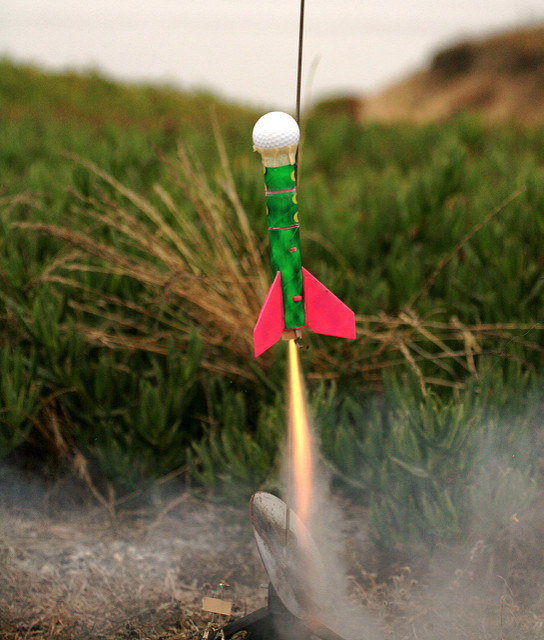Archive for September, 2017
Creating the Causes and Conditions for Self Growth – once a week for the last eight years.
 With this blog post, I’ve written a blog post every Wednesday night for eight years, with no misses and no repeats.
With this blog post, I’ve written a blog post every Wednesday night for eight years, with no misses and no repeats.
It started while on vacation at a friend’s house where he suggested I write a blog. I had no idea what a blog was or how to write one. I didn’t know that a blog usually sits on a website and I didn’t know how to make a website or even how to pay someone to make one. And once I stopped hiding behind the transactional work, I realized I didn’t know what to write about or how to start.
Right out of the gate I learned that starting is difficult. I was anxious and afraid and I told myself all sorts of scary stories that didn’t come true. As I pushed through the basics of creating a website, there were plenty of opportunities to stop, but I didn’t. There was a force pushing me, and though I didn’t know where it came from I was happy when it woke up with me every morning and stayed by my side.
Before starting I had no website and then I had one. I moved from no to yes. Creating something from nothing feels great when you’re done, but not beforehand. But I wasn’t even done starting.
The first time I faced the blank screen I was paralyzed. I had many ideas and none of them good enough. I wrote and rewrote paragraphs and scrapped them. I wrote whole drafts and scrapped them. I didn’t have the confidence to say what I wanted to say and let people judge my work. What would they say about me? Would they think about me? Do my words make sense? Are they interesting? Are they right?
At some point I got too tired, my resistance weakened and I hit the publish button. I was still afraid, but in a moment of weakness I sent it anyway. Though I catastrophized before sending, nothing bad happened when I sent it. Nothing good happened either, and I was fine with both.
Self-judgment is a powerful blocking mechanism, but I broke through for the first time. Now, going on 416 times, I’ve started with a blank screen, pushed through my self-judgment and wrote a post. It’s easier now, but it’s still not easy. And it won’t be easy next year. In fact, what I learned is the posts that caused the most uneasiness in me made the largest impact on others. I learned if I put my deepest personal thoughts into my writing, others appreciated it. But more importantly, I stood three inches taller after writing it.
With my posts, every week I must to create something from nothing. Every week I must think deeply, distill and write clearly. At the end of every post, I know more about the subject I wrote about. In that way, I can be my own teacher. And every week I must push through my self-doubt and publish. And in that way, every week I create the causes and conditions for self-growth.
Everything gets better with practice. And my practice of starting with nothing and ending with something has helped me be more effective in domains of high uncertainty. I still feel anxious, but I know it won’t hurt me. And now I use my anxiety for good – as a leading indication that I’m working in new design space. And when I don’t feel anxious, I know to stop what I’m doing and work on something else.
Image credit – Steve Jurvetson
Leadership isn’t binary, and that’s why judgement is important.
 100% of the people won’t like your new idea, even if it’s a really good one like the airplane, mayonnaise or air conditioning.
100% of the people won’t like your new idea, even if it’s a really good one like the airplane, mayonnaise or air conditioning.
I don’t know the right amount of conflict, but I know it’s not 0% or 100%.
If 100% is good, 110% isn’t better. Percentages don’t work that way.
100% alignment is not the best thing. Great things aren’t built on the back of consensus.
100% of the problems shouldn’t be solved. Sometimes it’s best to let the problem blossom into something that cannot be dismissed, denied or avoided.
Fitting in can be good, but not 100% of the time. Sometimes the people in power need to hear the truth, even if you know they’ll choke on it.
If the system is in the way, work the rule. Follow it 100%, follow it to the letter, follow it until it’s absurd. But, keep in mind the system isn’t in the way 100% of the time.
Following the process 100% eliminates intellectual diversity. And, as Darwin said, that leads to extinction. I think he was onto something.
Trying to fix 100% of the problems leads to dilution. Solve one at a time until you’re done.
The best tool isn’t best 100% of the time. Here’s a rule: If the work’s new, try a new tool. You can’t cut a board with a hammer.
I don’t know how frequently to make mistakes, but I know it’s not 0% or 100% of the time.
As a sport, leadership isn’t binary. That’s why we’re paid to use our good judgement.
Image credit – Joe Dyer
If you’re not learning, what are you doing?
 You can’t learn until you acknowledge you don’t understand.
You can’t learn until you acknowledge you don’t understand.
No one knows everything. No sense pretending, especially if you want to learn.
If you don’t know what you want to learn, any learning will do.
If you’re not surprised, the learning could have been deeper.
When you learn it won’t work it’s not failure, it’s learning.
When assumptions are formalized, it’s possible to learn they’re wrong.
Hypotheses are for the laboratory and learning objectives are for everywhere else.
Where learning is useful, relearning is wasteful.
When is it best to learn it won’t work? Then why do wait so long to learn it?
Last year’s learning is out of fashion and it’s time to freshen up your wardrobe.
If you’re surprised, congratulations.
Where doing is activity, learning is progress.
When you’re an expert, you’ve got to learn to unlearn.
Learning quickly is good, but learning the right thing is better.
The best thing to learn is how to learn.
Image credit – NASA Goddard Space Flight Center
Wisdom Within Dichotomy
 To create future success, you’ve got to outlaw the very thing responsible for your past success.
To create future success, you’ve got to outlaw the very thing responsible for your past success.
Sometimes slower is faster and sometimes slower is slower. But it’s always a judgement call.
We bite the bullet and run expensive experiments because they’re valuable, but we neglect to run the least expensive thought experiments because they’re too disruptive.
There’s an infinite difference between the impossible and the almost impossible. And the people that can tell the difference are infinitely important.
If you know how to do it, so does your competition. Do something else.
We want differentiation, but we can’t let go of the sameness of success.
People that make serious progress take themselves lightly.
If you can predict when the project will finish, you can also predict customers won’t be excited when you do.
If you don’t have time to work on something, you can still work on it a little a time.
Perfection is good, but starting is better.
Sometimes it’s time to think and sometimes it’s time to do. And it’s easy to decide because doing starts with thinking.
When your plate is full and someone slops on a new project, there may be a new project on your plate but there’s also another project newly flopped on the floor.
New leaders demand activity and seasoned professionals make progress.
Sometimes it’s not ready, but most of the time it’s ready enough.
There’s no partial credit for almost done. That’s why pros don’t start a project until they finish one.
In this age of efficiency, effectiveness is far more important.
Image credit — Silentmind8
 Mike Shipulski
Mike Shipulski